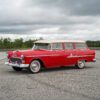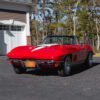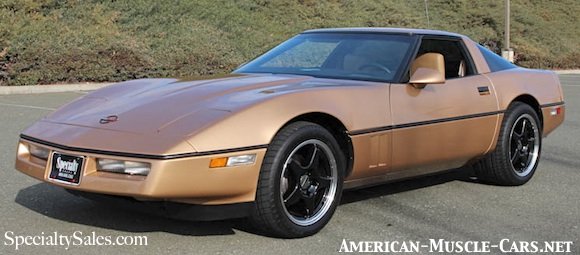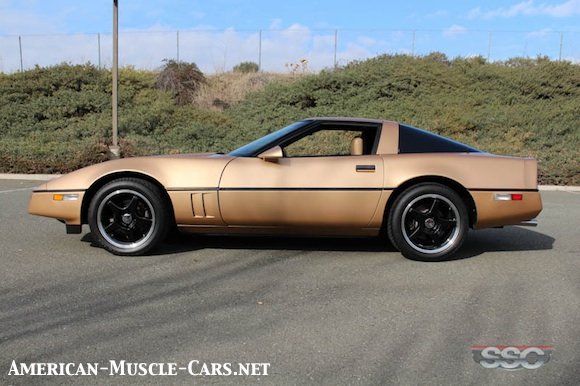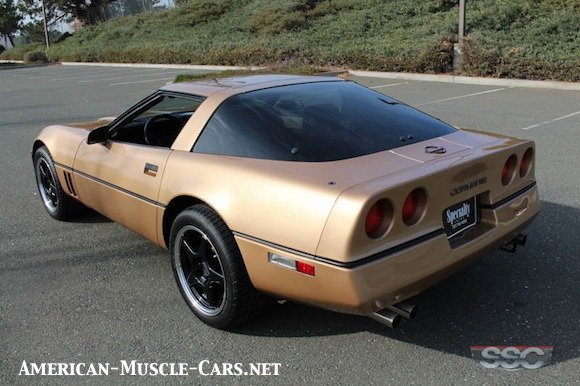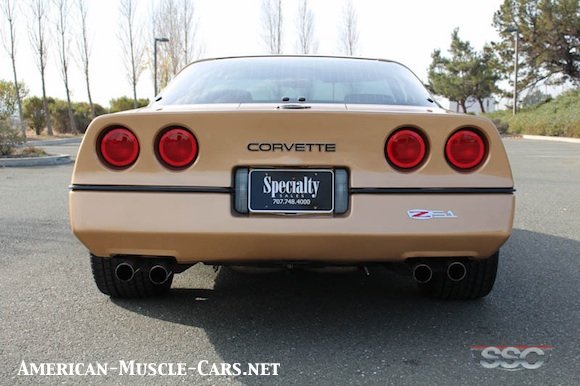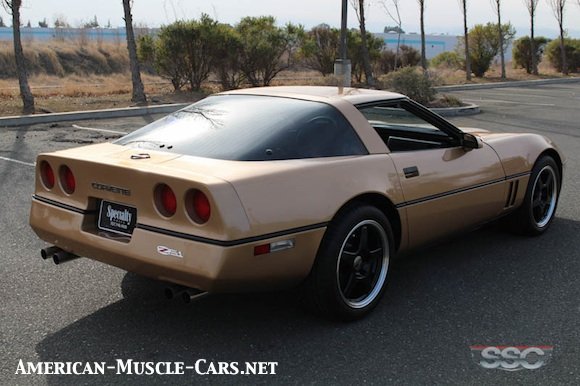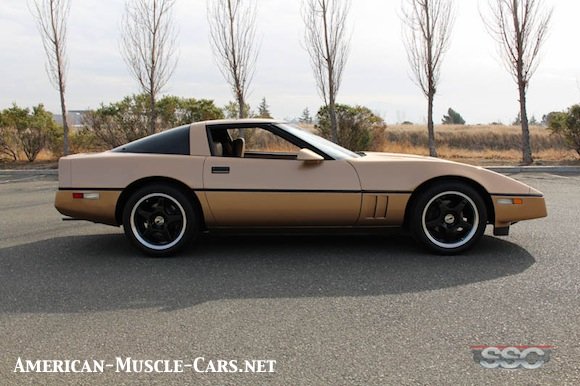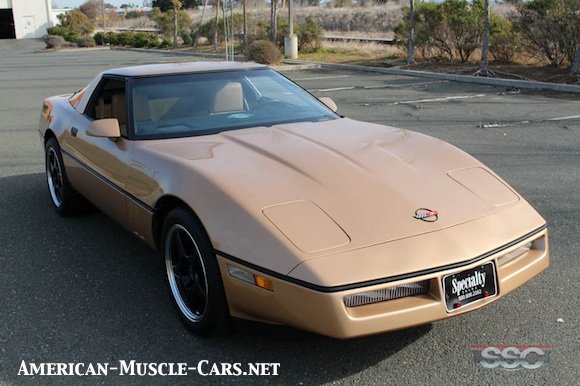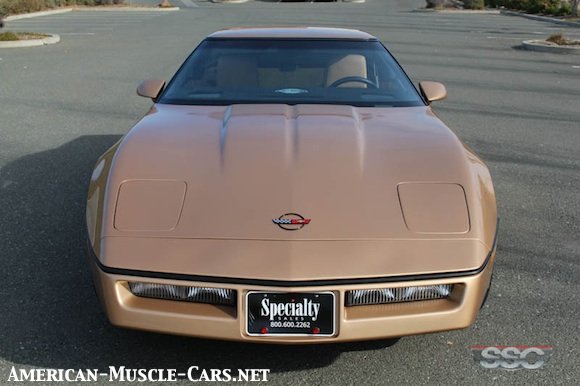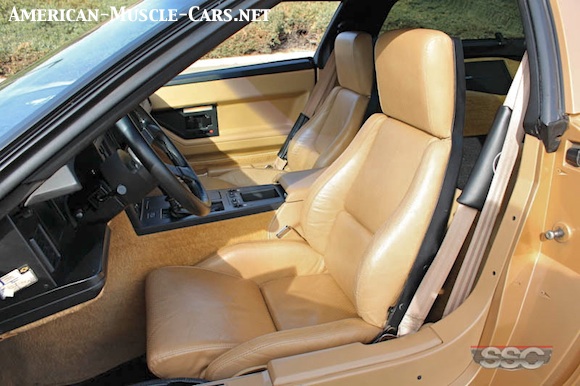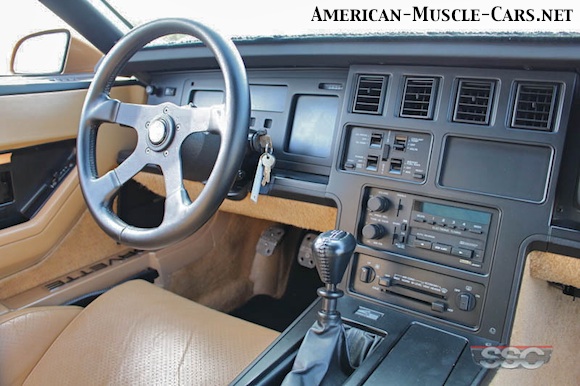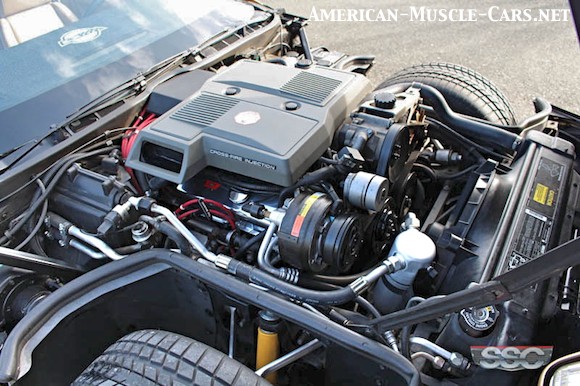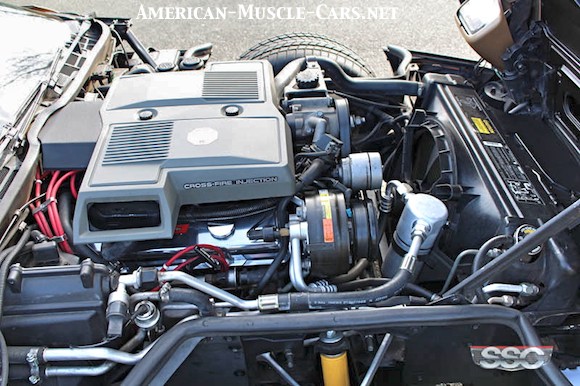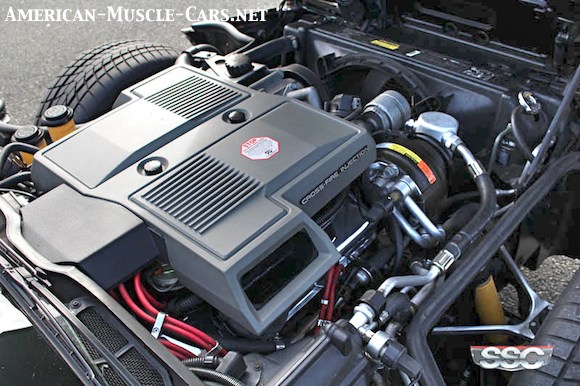1984 Chevrolet Corvette
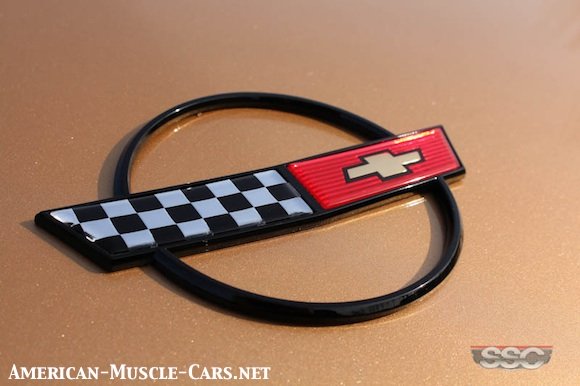
1984 CHEVROLET CORVETTE LAUNCHES 4th-GENERATION
The 3rd-generation Corvette, or “C3” as it is called today, or the “Shark Cars” as they were called back then, ran from 1968 the 1982 model year, a very long run by today’s standards. A new generation of Corvette was in order, and it couldn’t just be a warmed-over restyle of the old car. Radical changes were needed to keep it competitive. While the powertrains were largely carried over, everything else was totally new. So much development time was needed to perfect the new design and prepare the production line to build it that they missed the entire 1983 model year. They skipped right over it. One 1983 Corvette was built as a prototype. So the first “C4” or 4th-gen Corvette arrived in model year 1984 with a whole new look and attitude, and brimming with exciting new technology. It was an instant hit. At first it was coupes only, as the convertible didn’t make its reappearance until 1986.
BIG CHANGES FOR THE 1984 CHEVROLET CORVETTE
The list of mechanical upgrades was impressive. On the chassis front, the old ‘body-on-frame’ design was replaced with a “uniframe”, which welded/bonded the door posts, windshield frame, halo and rear section to the conventional perimeter frame, to form one rigid unit. There were new forged front A-arms, replacing the passenger-car-derived stamped steel units of the C3. The brake calipers were now aluminum, and the traverse leaf springs went from steel to a reinforced fiberglass composite. The body was no longer fiberglass as before, it was now made using a plastic sheet molding process. The car looked bigger, but also sleeker. It was definitely faster and better handling, and immensely more practical day-to-day, with its first-ever-in-a-production-Corvette glass hatchback.
1984 Chevrolet Corvette INTERIOR
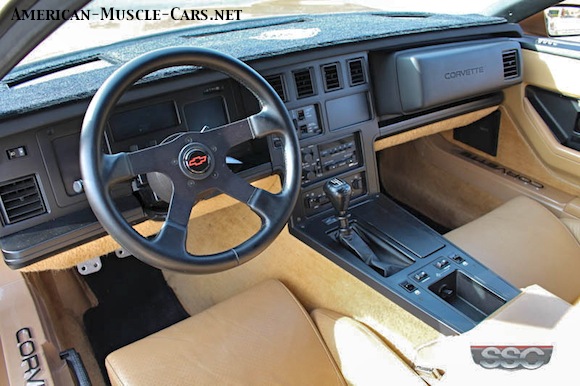
1984 CHEVROLET CORVETTE INTERIOR
The C4 Corvette was completely new inside, with a stunning high tech look, digital instrument panel, and spaceship switchgear. The chassis configuration and the low floor made for a high door sill, which made entry and egress a little more cumbersome than before. The seats, door panels, dash, materials, shapes and textures was meant to give the 1984 Chevrolet Corvette a European look. Considering the times (1984), they succeeded handsomely. One drawback of C4s, especially the early ones, was their rock-hard ride, which detracted from the car’s comfort, and also led to a tendency to rattle.
1984 Chevrolet Corvette ENGINE
1984 CHEVROLET CORVETTE ENGINE: CROSSFIRE INJECTION
In the final year of C3 production (1982), a radical new fuel injection system had been introduced. At the time, fuel injection was really in its infancy, compared to modern times. This new system was not a Port Injected System with a fuel rail, which squirts fuel into each intake port separately, like most modern systems today. Instead it was a Throttle Body Injection System, which means the fuel was sprayed into the airstream at one central location, in this case, the throttle body. Not nearly as efficient, but it was the best they could come up with at the time, with the computing power available to them. Chevy elected to break it up into two throttle bodies, placed offset side-by-side, each side feeding the opposite cylinder bank, very similar in concept to the “Cross-Ram” manifolds of the 50s and 60s. Of course, it had to have a sexy name, so they called it “Crossfire”. Ironic, in that the term ‘crossfire’ often refers to an engine problem (spark plugs cross-firing). The new Crossfire Injection System was difficult to tune and keep in tune, wasn’t known for its stellar drivability or performance (just 205hp), didn’t get particularly good mileage, and tended to idle high. It quickly became known by the nickname “Mis-Fire”. Code named RPO L83, it was essentially a 5.7L (350ci) cast iron small block V8 with Crossfire slapped on top. It only appeared in the Corvette in 1982 and 1984, as well as in the 1982-84 Chevy Camaro Z28 and Pontiac Firebird and Trans Am. It was replaced the following year (1985) with the excellent TPI (Tuned Port Injection) system.

1984 CHEVROLET CORVETTE DONS A TILT FRONT END
Very few production cars come to mind that have a full tilt front end. The Jaguar E-type (XKE) and the 1st-gen Viper are the only ones I can think of, right now. The move to such a radical approach was impressive, if not all that practical, and no doubt contributed to many, many sales. When that big hood came up, everyone for miles stopped what they were doing to come over and take a look. It was like peaking inside a top-secret race car. There, exposed, were the elegantly forged suspension A-arms, cooling system, hardware, and that lovely engine. The biggest problem with a tilt front end, and the reason more carmakers don’t use them, is that one minor collision, that might normally only deform the bumper on a conventional design, would take out the entire, and very expensive, tilt front end. Insurance companies hated them.
1984 CHEVROLET CORVETTE GETS THE 4+3 TRANNY
For those who ordered a stickshift, the new C4 came with the 4+3. Interestingly, no production Corvette has ever come with a 5-speed. GM never managed to build or acquire a 5-speed stout enough to handle the torque of their high-output engines. While some Camaro Z28s and Trans Ams got 5-speeds, they were only on the lower-output 5.0 (305) V8s, and never on the higher-output 5.7s (350). The 4+3 was sort of a stopgap that saw the Corvette through the transition from GMs bullet-proof 4-speeds, and the 6-speeds that were to come in the future. Doug Nash built the 4+3 by added an automatic overdrive unit to the top 3 gears on a conventional 4-speed. The result was the toughness of the old 4-speed with better fuel economy and a bunch more gears (technically 7 in all). Did it work? Yes. But, it was clunky & not very much fun to use. The popular setup of the day, of course, was the automatic, with only 6,443 out of 51,547 opting for the manual.
1984 Chevrolet Corvette SPECIFICATIONS
| Model designation
1984 Production Serial Numbers Wheelbase Overall Length Overall Width Overall Height Front Track Rear Track Standard Wheels Optional Wheels Standard Tires Optional Tires Steering Front Suspension Rear suspension Brakes Body Construction Fuel Capacity ENGINE: Engine Type Block Material Engine Family Displacement Bore & Stroke Compression Ratio Horsepower Torque Fuel System |
1984 Chevrolet Corvette
51,547 1G1AY07X2E5100001 to 1G1AY07x2E5151547 96.2 inches / 2,442mm 176.5 inches / 4,483mm 71.0 / 1,803mm 46.7 / 1,186mm 59.6 inches / 1,514mm 60.4 inches / 1,534mm 15 X 7 inches 16 X 8 inches P215/65R15 P225/50VR16 Power Rack & Pinon Traverse Fiberglass Leaf, Unequal-Length A-Arms, Stabilizer Bar Traverse Fiberglass Leaf, 5-link Fully Independent 4-wheel Power Disk Brakes w/Aluminum Calipers Partial Unibody w/front Frame Rails 20 US Gallons / 16.7 Imp Gal / 76 liters 90-degree OHV (cam-in-block) V8, 5 main bearings Cast Iron Chevrolet Small Block 350 cubic inches / 5.7 liters 4.00″ X 3.48″ 9.0:1 205hp @ 4,200 rpm 290 lb/ft @ 2,800 rpm “Cross-Fire Injection”: Twin Throttle Body Fuel Injected |


